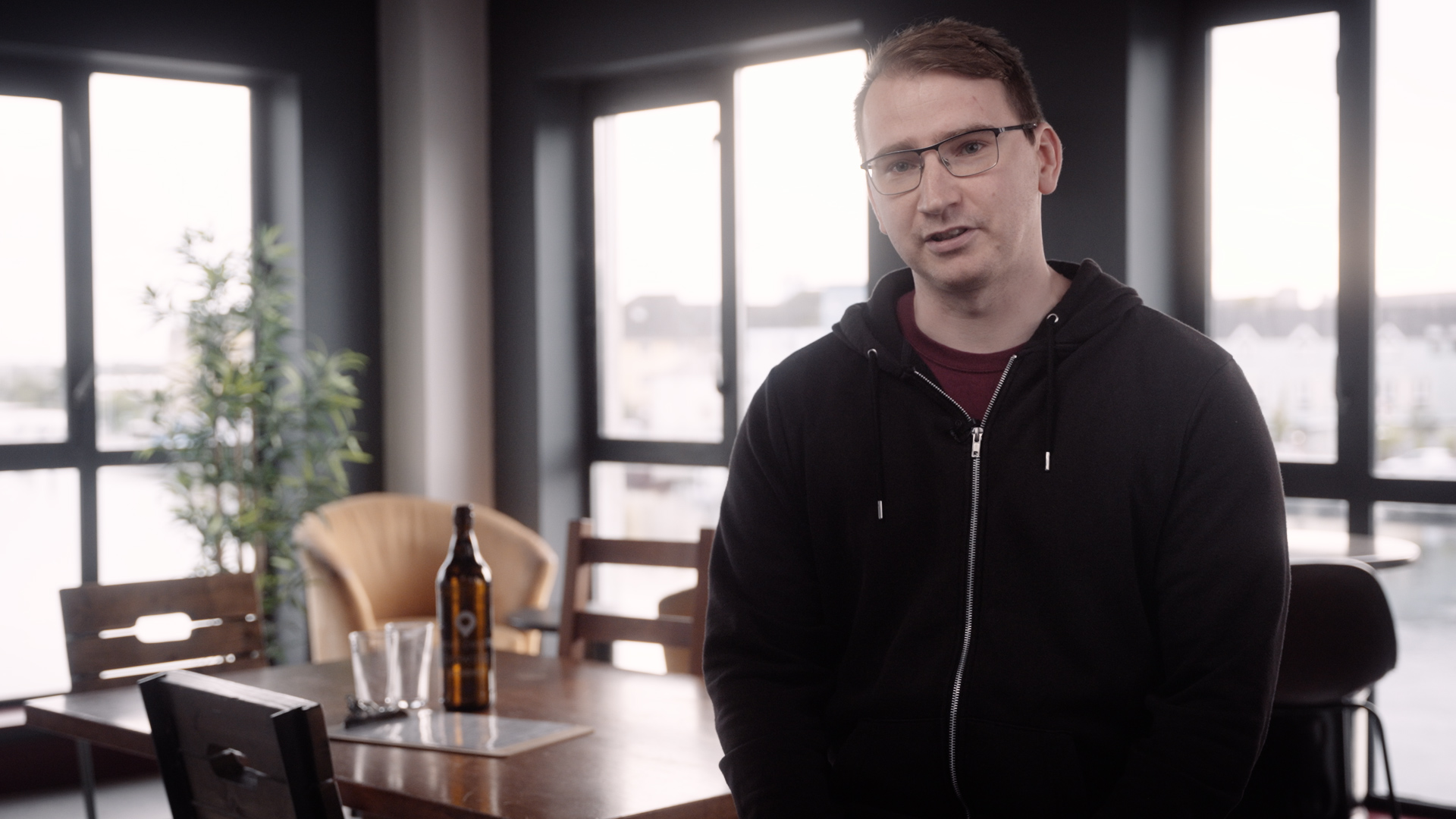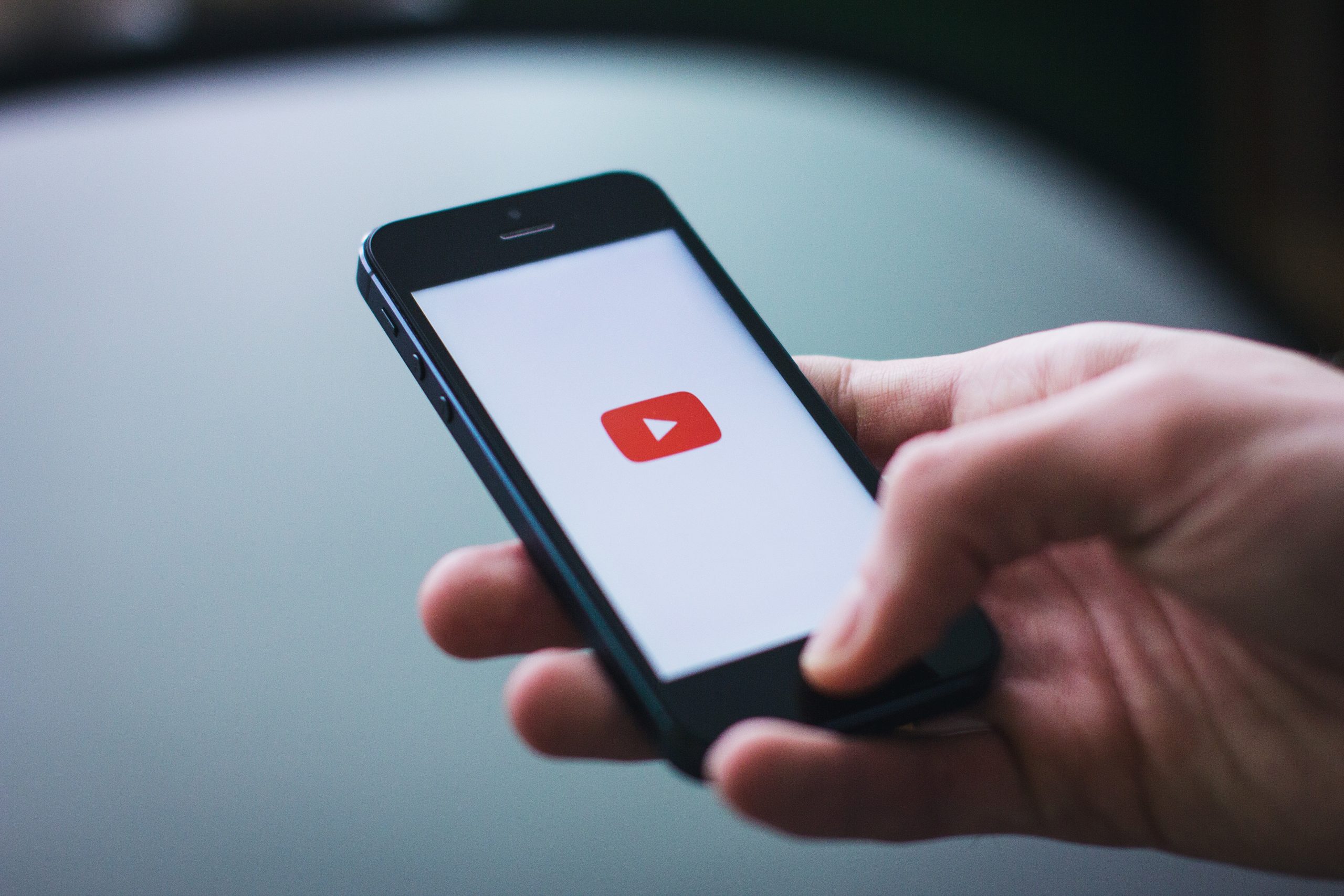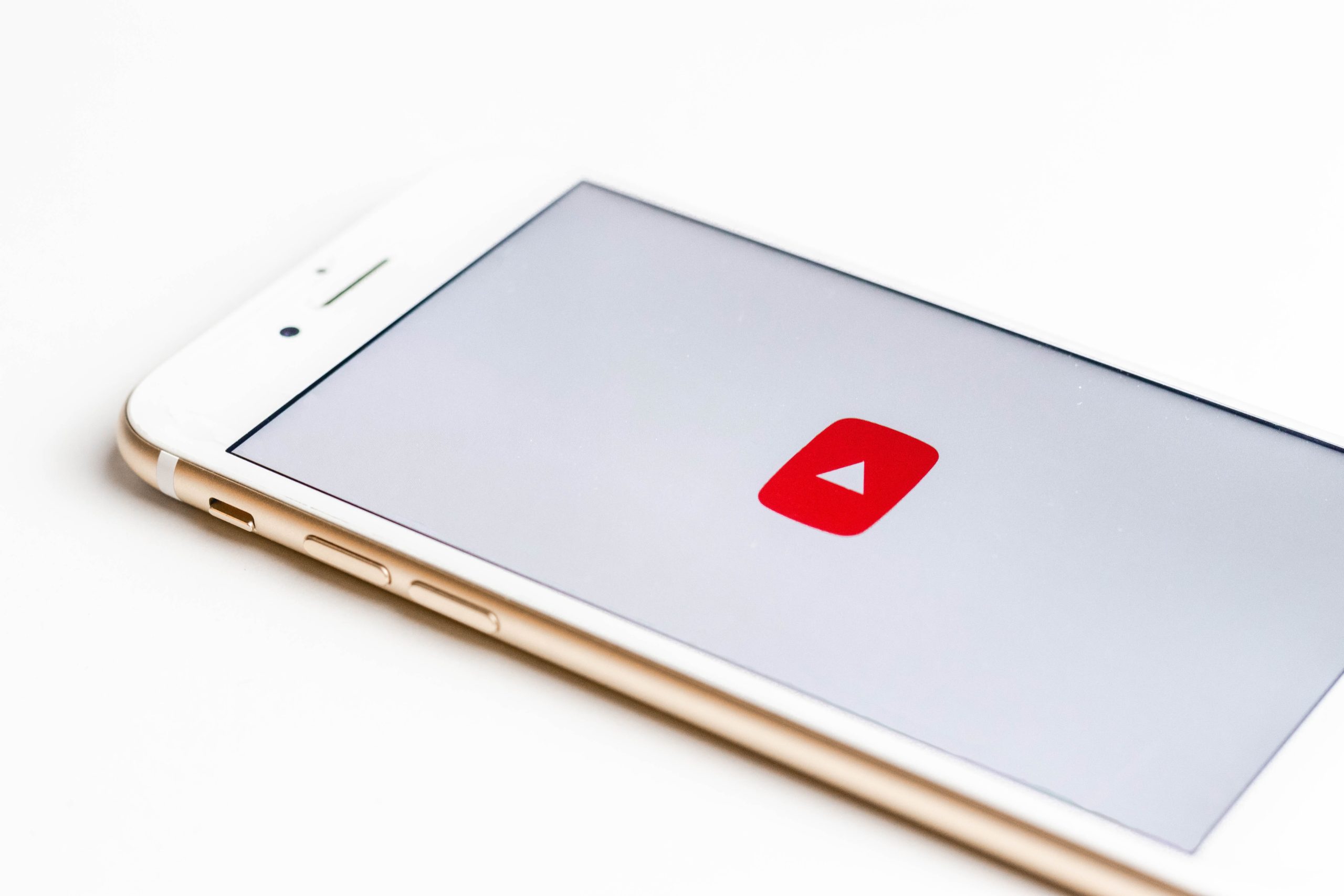What is Influencer Marketing?
Influencer marketing involves using popular and influential people with a large and engaged following on social media to drive your brand’s message on their page. It is one of the most effective ways to reach your target audience. The most popular platforms for this type of marketing are Instagram, Facebook, TikTok and YouTube, but other platforms, including Twitter, LinkedIn and Snapchat, are often used too. These endorsements from influencers are typically more trusted than brands own advertising as they are often viewed as testimonials as opposed to direct adverts. Many companies even dedicate stand-alone budgets for content marketing due to the positive results they gain from it.
Why use Influencer Marketing?
The most common reason why brands use influencer marketing is to increase awareness. It is a really successful method of driving engagement about a brand and can be a great way to build trust and credibility for a business. On average, brands that use influencer marketing typically receive a much higher-than-average return on their investment.
Choosing an Influencer
It’s essential to consider brand alignment with the influencer’s audience to make sure the collaboration reaches your target market.
When choosing influencers to work with it is important to look at their following versus their level of engagement. A high engagement is much more valuable than a high following. Engagement refers to the amount of likes and comments influencers gain on their posts, it’s the interaction followers have with them. The most popular social media for influencer marketing is Instagram, and in recent years the platform has implemented changes in which the number of likes a person receives on a post is hidden from the public. To work around this change, it is important not to be afraid to simply ask influencers you are considering working with to share a screenshot of their typical post or story insights.
Payment
Typically a price or payment will be decided between the brand and the influencer, or the influencer’s agency if they have one. There are two methods of payment involved in influencer marketing; direct payment and indirect payment. Direct payment entails paying the influencer for the content they share using money, while indirect involves paying them using free goods or services. Some influencers may require both direct and indirect payment.
ASAI Code
In recent years there has been a lot of changes in the industry to ensure that consumers are not manipulated or mislead by influencer marketing content. There are now strict codes in place instructing influencers to clearly mark collaborations and adverts using hashtags such as #AD, #BrandAmbassador, or #Iworkwith_. However, influencers must only do this when brands have a form of control over their content. If influencers are allowed to post their own non-biased content on social media, then this is not seen as a marketing communication under the Code. However, the Competition and Consumer Protection Commission require disclosures of gifted products/services under the Consumer Protection Act, 2007.
You can read more about the ASAI code for influencer marketing here.








